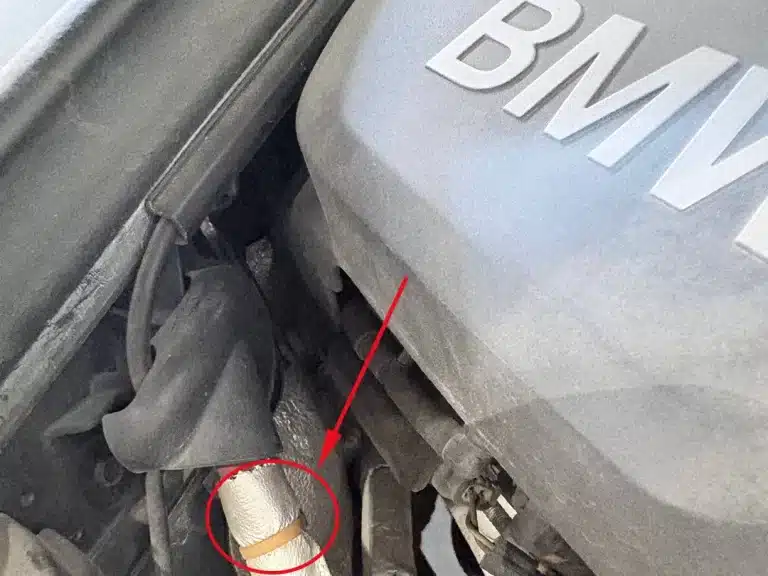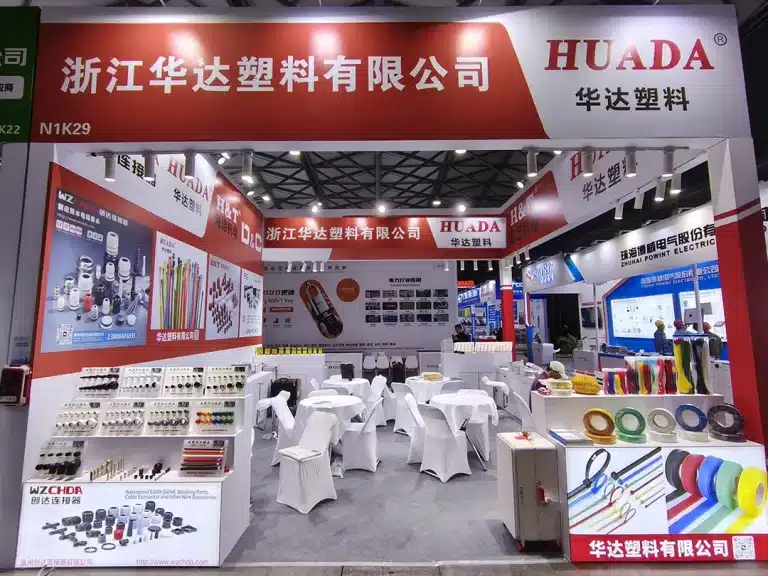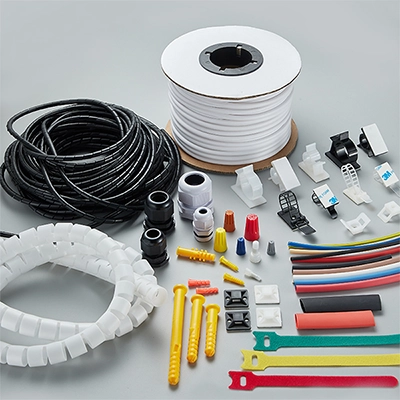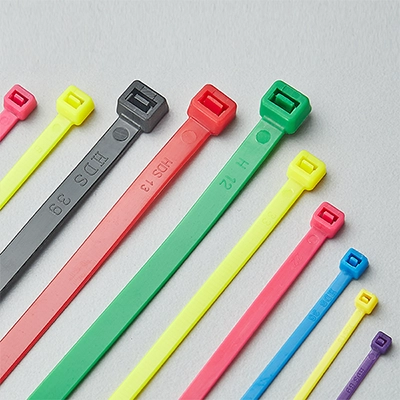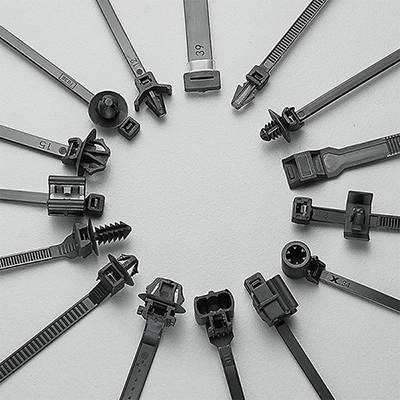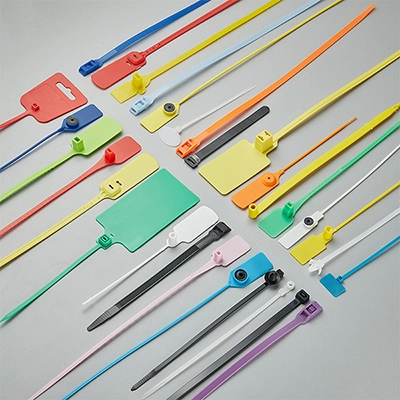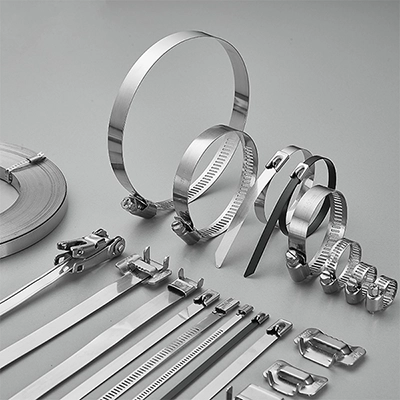Metal zip ties material and applications are the focus of our discussion today. Metal zip ties are lauded for their exceptional strength and durability. They can also maintain stability and durability in various extreme environments. So, what material gives them such great performance? And what fields is it usually applied to? Let’s expand on it below.
What are Metal Zip Ties?
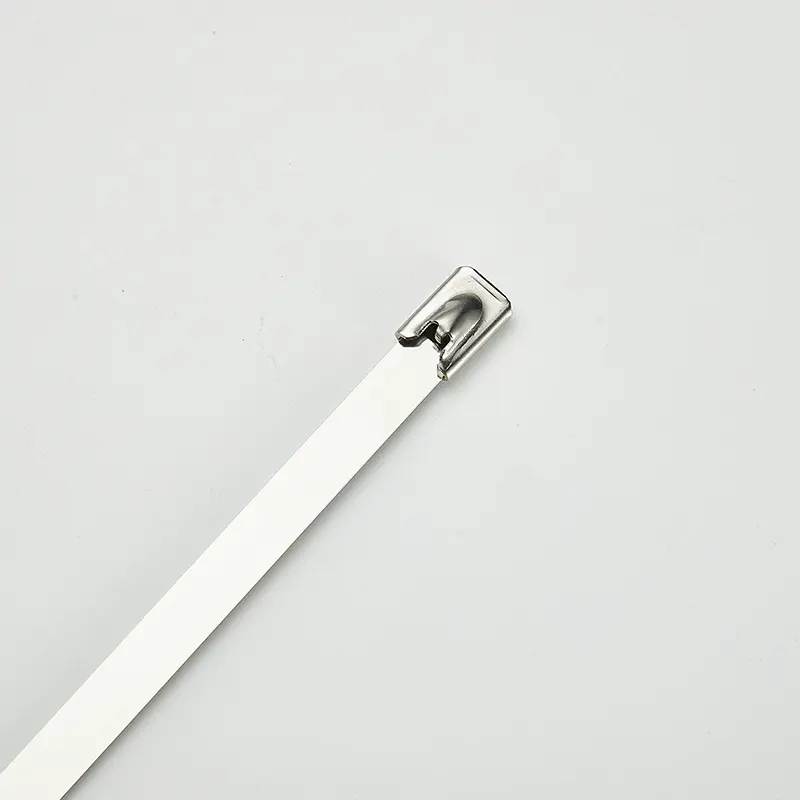
Metal zip ties, also known as stainless steel cable ties, are made from high-quality stainless steel, offering exceptional strength and durability. The most common type among these zip ties is the self-locking metal zip tie, featuring an ingenious ball-lock mechanism at the head for easy, tool-free fastening. A detailed exposition of its unique locking mechanism can be found in the article “The Locking Mechanism of Stainless Steel Zip Ties.”
Furthermore, there exists a variety of metal zip tie types on the market, including buckle, quick-release, toothed, L-type, and various Hose Clamp to meet different application requirements.
The Material of Metal zip ties
The Material of Metal zip ties is primarily high-quality stainless steel, with the most common grades being 304 and 316 stainless steel.
304 Stainless Steel
Composition
- Chromium (Cr): Approximately 18% – 20%, chromium is the key component that provides corrosion resistance.
- Nickel (Ni): About 8% – 10.5%, nickel enhances the toughness and strength of the steel.
- Carbon (C): A maximum of 0.08%, a lower carbon content aids in improving corrosion resistance.
- Manganese (Mn) and Silicon (Si): Serve as auxiliary elements, contributing to the strength and hardness of the steel.
- Other elements: Include Phosphorus (P), Sulfur (S), and Nitrogen (N), which are generally present in low quantities.
Characteristics
304 stainless steel is one of the most versatile and widely used types due to its excellent corrosion resistance and cost-effectiveness. It is resistant to a vast range of oxidative environments and suitable for various settings, including outdoor, arid, and chemically corrosive conditions. With its high heat resistance, 304 stainless steel zip ties are also fit for high-temperature applications, although they are not recommended for use in highly saline or acidic environments.
316 Stainless Steel
Composition
Chromium (Cr): Around 16% – 18%, similar to 304, chromium provides the fundamental corrosion resistance.
Nickel (Ni): 10% – 14%, higher nickel content in 316 enhances its overall performance.
Molybdenum (Mo): 2% – 3%, significantly boosts resistance to chlorides like seawater.
Carbon (C): A maximum of 0.08%, maintains a low level to enhance corrosion resistance, similar to 304.
Also contains auxiliary elements such as Manganese (Mn) and Silicon (Si).
Characteristics
316 stainless steel offers superior corrosion resistance compared to 304, particularly in marine and chemically corrosive environments. The addition of molybdenum greatly enhances its resistance to saline water and chlorides. Hence, 316 stainless steel zip ties are especially suitable for marine environments, chemical plants, and high-salinity areas.
In Summary
304 stainless steel is suitable for most ordinary environments, particularly those with less exposure to saltwater, chemicals, or extreme temperatures. Common uses include general industrial, manufacturing, home, and construction projects.
In contrast, 316 stainless steel is more appropriate for harsh conditions, especially in environments with saltwater and certain acids, such as marine settings, chemical processing, salt fog conditions, or highly corrosive industrial environments. This grade is commonly used in marine engineering, petrochemical sectors, coastal infrastructure, and securing cables in highly corrosive environments.
Applications of Metal Zip Ties
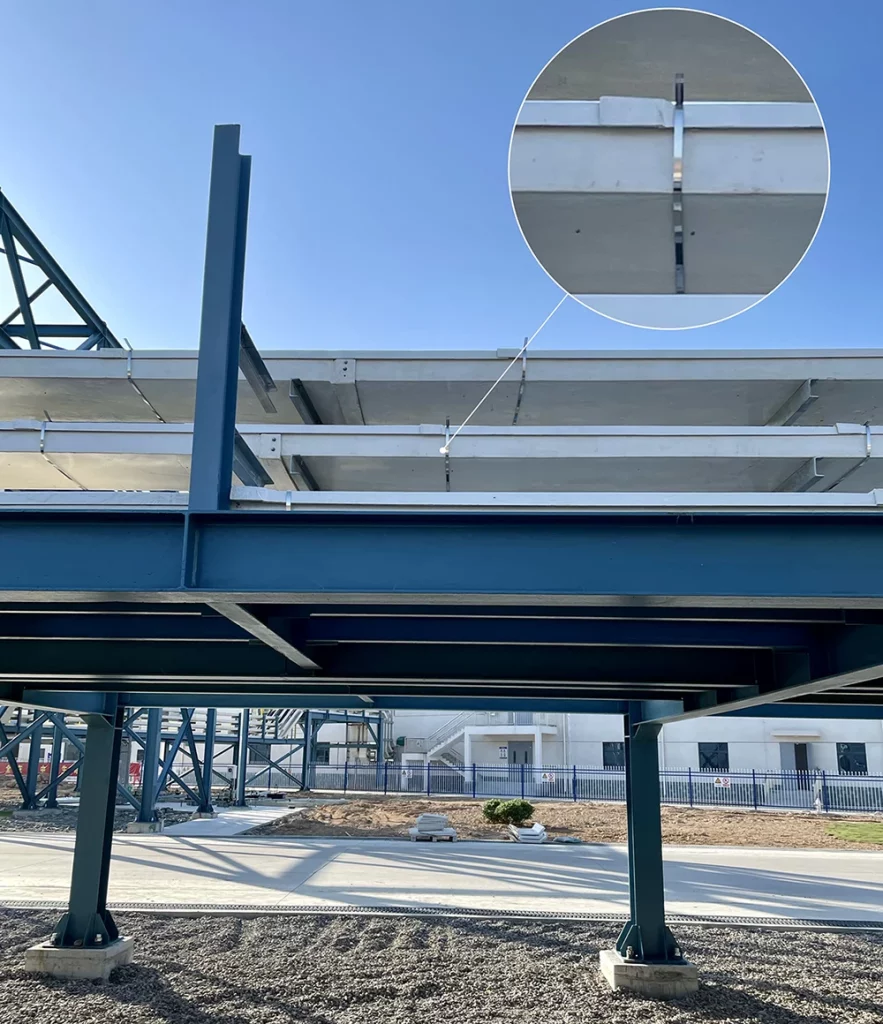
Metal zip ties are highly valued for their excellent corrosion resistance and high strength, making them suitable for a variety of applications. Here are some common uses:
1. Industrial Applications:
- Heavy Industries: In sectors like petrochemicals, mining, and marine engineering, stainless steel zip ties secure heavy cables and pipes, thanks to their ability to withstand extreme conditions and chemical corrosion.
- Power Systems: They are utilized in power transmission and distribution systems for stabilizing and managing high-voltage cables, ensuring stability and safety.
2. Maritime and Coastal Applications:
Metal zip ties are ideal in marine environments, especially in salty atmospheres, for securing equipment and cables on ships to prevent corrosion.
3. Construction and Infrastructure:
In infrastructure projects like bridge construction and highway maintenance, they provide long-term stable solutions for cable fixing and management.
4. Solar and Wind Installations:
In renewable energy projects such as solar panel and wind turbine installations and maintenance, these zip ties secure wires and cables, ensuring the stability of the systems.
5. Automotive and Transportation:
In automotive manufacturing and aviation, metal zip ties are used to secure wiring harnesses and pipelines, ensuring stability in high-vibration and high-temperature environments.
6. Outdoor Advertising and Signage:
They are used to install and secure outdoor billboards, signs, and lighting fixtures, resisting weather and environmental erosion to maintain long-term structural stability.
7. Mining and Offshore Drilling:
These industries often face extreme environmental conditions like high corrosivity, humidity, and salinity. Metal zip ties are perfectly suited for use in these harsh environments.
Metal Zip Ties: Material and Applications
Metal zip ties, be it in 304 or 316 stainless steel, boast exceptional performance in corrosion resistance and strength, making them widely used across various industries.
Their applications are not confined to extreme environments; they are also extensively used in everyday industrial, commercial, and residential settings. From securing critical industrial pipelines to maintaining outdoor buildings and infrastructure projects, stainless steel zip ties provide robust support.

